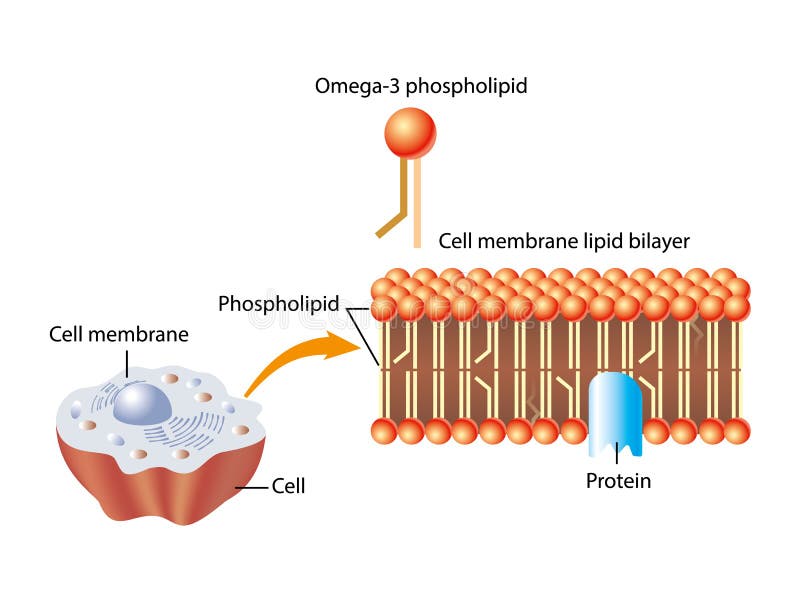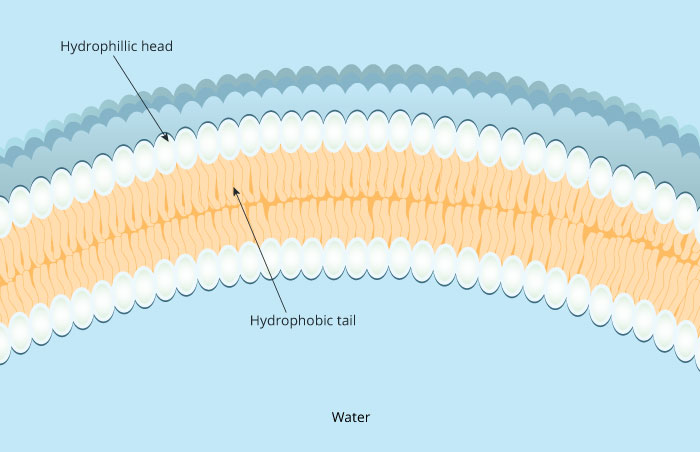

Four main groups have been identified: ethanolamine, inositol, serine, and choline. The simplest GPL is phosphatidic acid (PA), others are named after the hydrophilic residue/group attached to the phosphate group. The sn-3 position consists of a phosphate group with a hydrophilic residue that contributes hydrophilicity ( Figure 1).

This portion of the molecule contributes to its hydrophobicity. Glycerophospholipids (GPLs) share a common structure consisting of two fatty acid (FA) molecules esterified in the sn-1 and sn-2 positions of the glycerol moiety. Ubiquitous to all tissues, phospholipids (PLs) are essential components of cell membranes consisting of a hydrophilic head group and a hydrophobic tail giving phospholipids their amphiphilic properties. Phospholipid Classes and Biological Functions Finally, the strong nutritional value of dietary phospholipids are highlighted with respect to marine and animal origin and avenues for future research are discussed.ġ.1. Therefore, this review focuses on recent publications concerning marine phospholipids and their structural composition and related health benefits. Extensive research has been published in relation to ω-3 polyunsaturated fatty acids (PUFAs) and inflammation, however this research has recently come under scrutiny and has proved to be unreliable and controversial in terms of the therapeutic effects of ω-3 PUFA, which are generally in the form of triglycerides and esters. Finally, the structural composition of phospholipids of marine origin is discussed. Recent research trends indicate that dairy phospholipids possess anti-inflammatory properties, which has led to an increased interest into their molecular structures and reputed health benefits. These assumptions are addressed with respect to the phospholipid composition of meat products. To date, there is very limited work published on meat phospholipids, undoubtedly due to the negative perception that meat consumption is an unhealthy option because of its putative associations with several chronic diseases. Most of the dietary phospholipids of animal origin come from meat, egg and dairy products. Section 2 and Section 3 are dedicated to the structures, functions, compositions and anti-inflammatory properties of dietary phospholipids from animal and marine sources. The paper is divided into three sections: Section 1 presents an overview of the relationship between structures and biological activities (pro-inflammatory or anti-inflammatory) of several phospholipids with respect to inflammation. In this review paper, the latest literature on the functional properties of phospholipids in relation to inflammation and inflammation-related disorders has been critically appraised and evaluated.


 0 kommentar(er)
0 kommentar(er)
